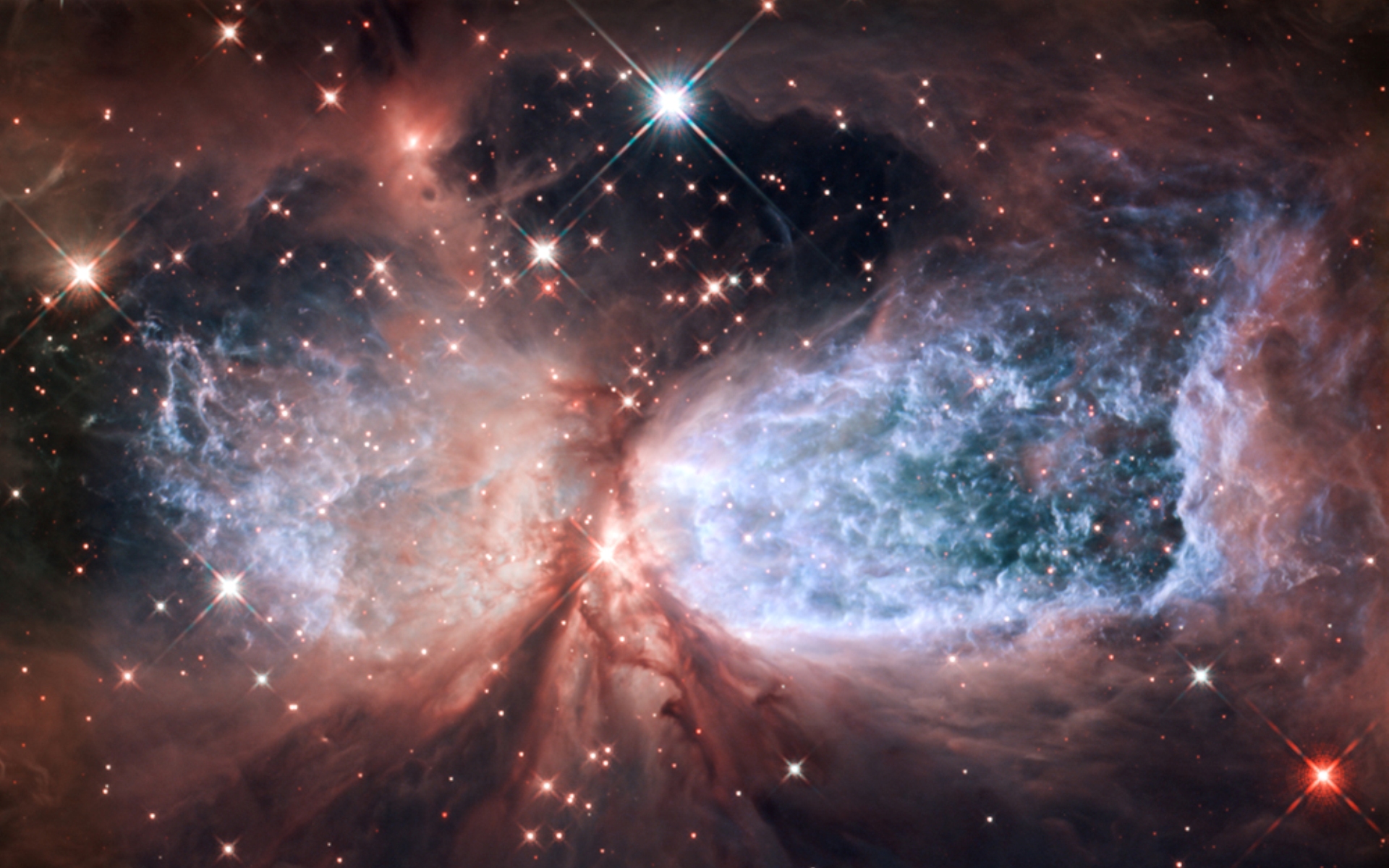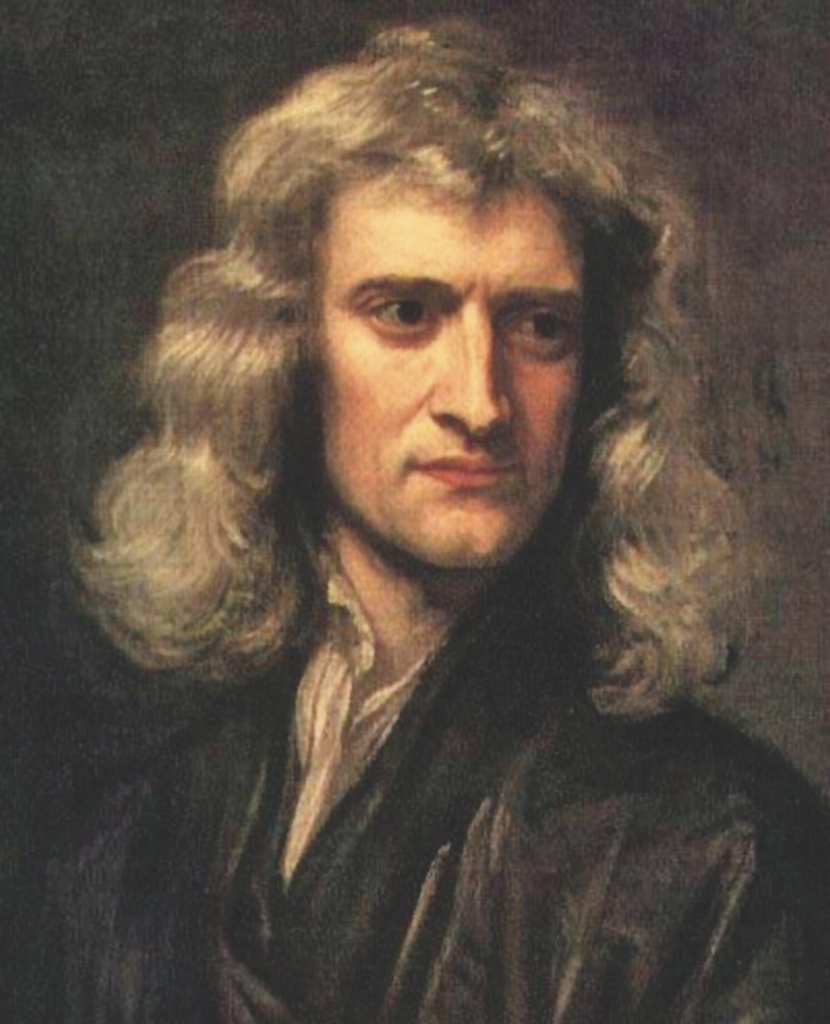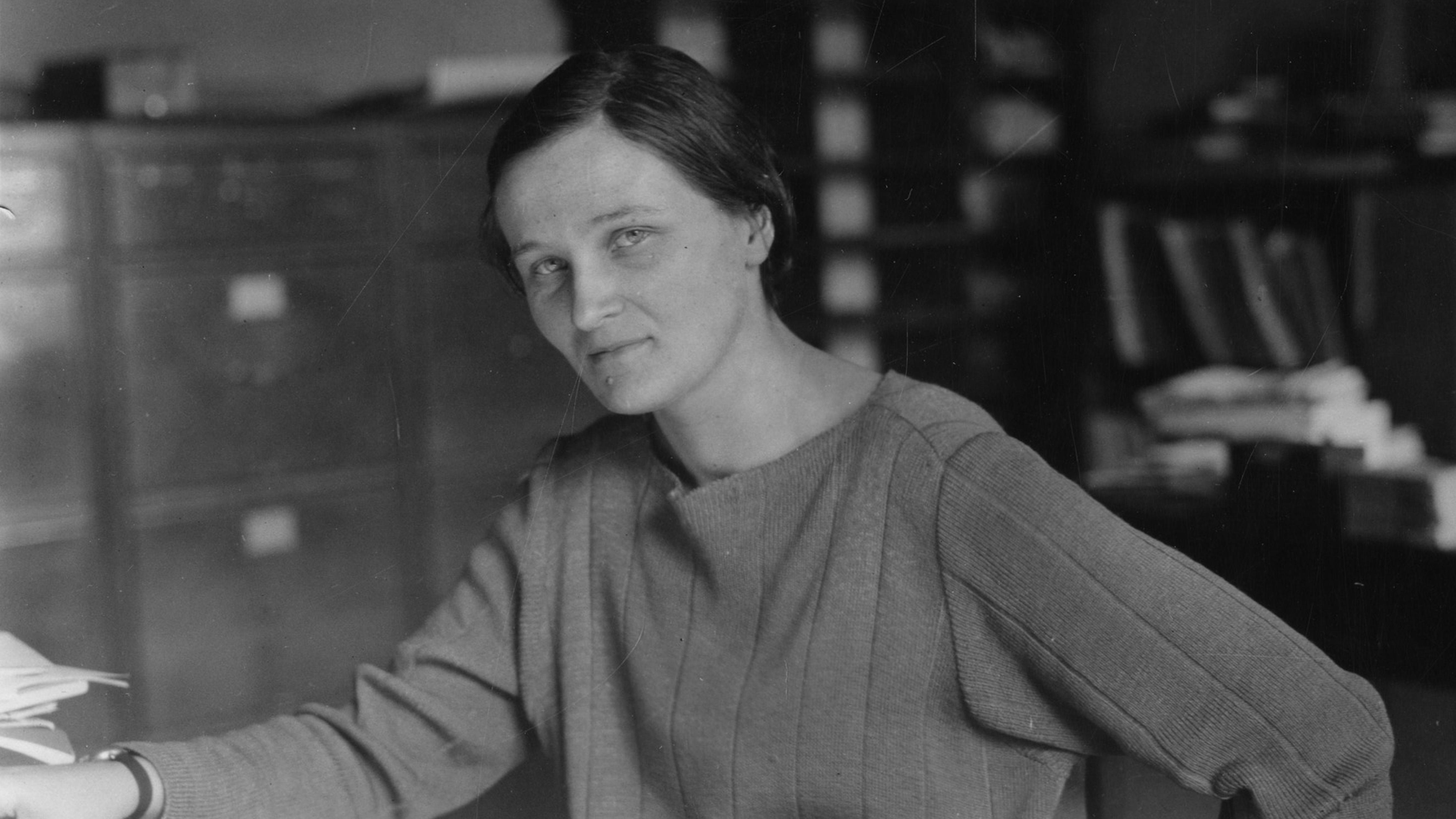What is Astrophysics?
Your complete guide to astrophysics, what it is and how to get involved.

Astrophysics is a branch of space science that applies the laws of physics and chemistry to seek to understand the universe and our place in it.
The field explores topics such as the birth, life and death of stars, planets, galaxies, nebulae and other objects in the universe. It has two sibling sciences, astronomy and cosmology, though the lines between these branches can blur.
In the most rigid sense:
Astrophysics creates physical theories of small to medium-size objects and structures in the universe.
Astronomy measures the positions, luminosities, motions and other characteristics of celestial objects.
Cosmology covers the cosmos' largest structures and the universe as a whole.
Related: What Does It Take to Be an Astrophysicist?
More: 20 trailblazing women in astronomy and astrophysics
In practice, the three fields form a tight-knit family.
Ask for the position of a nebula or what kind of light it emits, and an astronomer might answer first. Ask what the nebula is made of and how it formed and an astrophysicist could pipe up. Ask how the data fit with the formation of the universe, and a cosmologist would probably jump in. Or they might all chime in to explore all three questions.
Astrophysics at NASA
Astrophysicists seek to understand the universe and our place in it.
At NASA, the aims of its astrophysics work are "to discover how the universe works, explore how it began and evolved, and search for life on planets around other stars," according to NASA's website.
NASA states that its astrophysics work grapples with three main questions:
It began with Isaac Newton

While astronomy is one of the oldest sciences, theoretical astrophysics began with Isaac Newton.
Prior to Newton, astronomers described the motions of "heavenly bodies," as they were then called, using complex mathematical models without a physical basis. Newton showed that a single theory, describing what we now know as gravity, simultaneously explains the orbits of moons and planets in space and the trajectory of a cannonball on Earth. This added to the body of evidence for the (then) startling conclusion that the "heavens" and Earth are subject to the same physical laws.
Perhaps what most separated Newton's model from previous concepts, however, is that his theory was predictive as well as descriptive. Based on aberrations in the orbit of Uranus, astronomers predicted the position of a new planet, which was then observed and named Neptune.
Milestones in astrophysics

We can't directly interact with distant cosmic objects, but we can observe the radiation they emit, and much of astrophysics has to do with studying this radiation and working to explain the mechanisms behind it.
The first ideas about the nature of stars emerged in the mid-19th century from the blossoming science of spectral analysis, an essential mainstay in the space sciences which means observing the specific frequencies of light that particular substances absorb and emit when heated.
Early spectroscopy provided the first evidence that stars contain substances also present on Earth. Spectroscopy has revealed that some nebulae are purely gaseous, while some contain stars. This later helped to cement the idea that some nebulae were not nebulae at all — they were other galaxies!
In the early 1920s, American astronomer and astrophysicist Cecilia Payne discovered, using spectroscopy, that stars are predominantly hydrogen (at least until their old age). By studying the spectra of stars, astrophysicists were also able to determine the speed at which they move toward or away from Earth.
The sound a vehicle emits is different whether it's moving toward us or away from us, and light has a similar effect because of something called the Doppler shift in which the spectra of stars change whether they are moving toward or away from us. In the 1930s, by combining the Doppler shift and Einstein's theory of general relativity, Edwin Hubble provided solid evidence that the universe is expanding. This is also predicted by Einstein's theory, and together form the basis of the Big Bang Theory.
Related: "What Stars Are Made Of" tells the story of the woman behind a stellar science
In the mid-19th century, physicists Lord Kelvin (William Thomson) and Gustav Von Helmholtz speculated that gravitational collapse could power the sun, but eventually realized that energy produced this way would only last 100,000 years. Fifty years later, Einstein's famous E=mc2 equation gave astrophysicists the first clue to what that energy source might be (although it turns out that gravitational collapse does play an important role).
As the fields of nuclear physics, quantum mechanics and particle physics grew in the first half of the 20th century, it became possible to formulate theories for how nuclear fusion could power stars. These theories describe how stars form, live and die, and they successfully explained the observed distribution of different types of stars, their spectra, luminosities, ages and other characteristics.
According to the Big Bang Theory, the first stars were almost entirely hydrogen. The nuclear fusion process that energizes them smashes together hydrogen atoms to form the heavier element helium. In 1957, the husband-and-wife astronomer team of Margaret and Geoffrey Burbidge, along with physicists William Alfred Fowler and Fred Hoyle, showed how, as stars age, they produce heavier and heavier elements, which they pass on to later generations of stars in ever-greater quantities.
It is only in the final stages of the lives of more recent stars that the elements making up the Earth, such as iron (32.1 percent), oxygen (30.1 percent) and silicon (15.1 percent) are produced. Another of these elements is carbon, which together with oxygen makes up the bulk of the mass of all living things, including us. This is why you might've heard astrophysics say that we are all made of stardust, seeing as we are carbon-based lifeforms.
Astrophysics as a career
If you dream of studying the stars, know that becoming an astrophysicist requires years of observation, training and work. But you can start at whatever age by doing things like joining an astronomy club, attending local astronomy events, taking free online courses in astronomy and astrophysics and keeping up with news in the field (you can even do that on a website like Space.com).
If you continue to pursue the career, most start with a related undergraduate college degree and eventually work towards graduate degrees or a doctorate degree in astrophysics. Many then take on a post-doctoral position in astrophysics.
Astrophysicists can work for the government, university labs and, occasionally, private organizations.
A few additional tips for pursuing a career in astrophysics:
Take math and science classes all through high school: Make sure to take a wide variety of science classes. Astronomy and astrophysics often blend elements of biology, chemistry and other sciences to better explore a wide variety of phenomena in the universe. Also, keep an eye out for any school clubs, volunteer work, summer jobs or internships available in math or science.
Pursue a bachelor's degree in math or science: While a bachelor's degree in astrophysics is a good route, there are many other paths that could lead you to the field. You can study computer science, for example, which is important in analyzing data. If you're considering this option, speak with your high school guidance counselor or university to find out what degree programs will be best for you.
Take on research opportunities: Many universities have labs in which students participate in research — and sometimes even get published. Agencies such as NASA also offer internships for undergraduate students.
Complete a graduate degree or doctorate in astrophysics: While some have graduate degrees, most astrophysicists have doctoral degrees, according to the U.S. Bureau of Labor Statistics.
Back in 2015, planetary astrophysicist Natalie Hinkel did a lengthy interview with Lifehacker that gave readers a glimpse into the rewards and challenges of being an astrophysics researcher. She described the long number of years she has put into doing her research, the frequent job switches, the work hours and what it's like to be a woman in the field. She also shared interesting insights about her day-to-day work, surprising to some readers is that little of her time is actually spent at a telescope.
"I spend the vast majority of my time programming. Most people assume that astronomers spend all of their time at telescopes, but that's only a very small fraction of the job, if at all. I do some observations, but in the past few years I've only been observing twice for a total of about two weeks," Hinkel told Lifehacker.
"Once you get the data, you have to reduce it (i.e. take out the bad parts and process it for real information), usually combine it with other data in order to see the whole picture, and then write a paper about your findings. Since each observation run typically yields data from multiple stars, you don't need to spend all of your time at the telescope to have enough work," she said.
Additional reporting by Elizabeth Howell, Space.com contributor. This page was updated Jan. 13 by Space.com senior writer Chelsea Gohd.
Additional resources
Join our Space Forums to keep talking space on the latest missions, night sky and more! And if you have a news tip, correction or comment, let us know at: community@space.com.
Get the Space.com Newsletter
Breaking space news, the latest updates on rocket launches, skywatching events and more!










